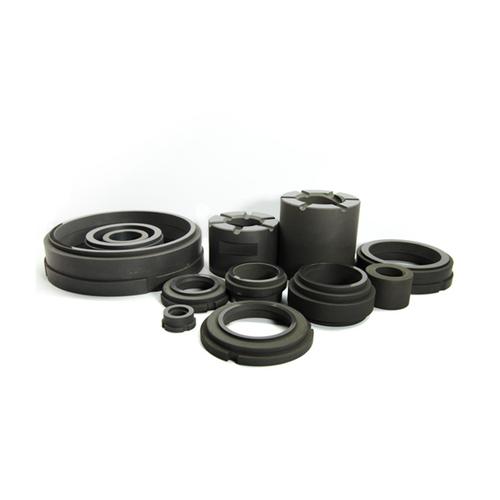Comprehensive Guide to Bearings and Bushings Manufacturers: Types, Materials, and Global Suppliers
Bearings and bushings are critical components in machinery, reducing friction and ensuring smooth operation across industries like automotive, aerospace, and manufacturing. This guide explores key aspects of selecting reliable manufacturers and understanding technical specifications for optimal performance.
Table of Contents
1. Types of Industrial Bearings2. Bushings Material Guide
3. Top Bearing Manufacturers 2024
4. How to Choose Bushing Suppliers
5. Global Bushing Manufacturers List
1. Types of Industrial Bearings

Industrial bearings come in various configurations including ball bearings, roller bearings, and plain bearings. Ball bearings utilize spherical rolling elements for low-friction rotation in applications requiring high-speed performance. Roller bearings employ cylindrical or tapered elements, ideal for heavy-load scenarios like conveyor systems. Plain bearings (sleeve bearings) operate without rolling elements, using sliding surfaces for compact designs. Material selection ranges from chrome steel to ceramic hybrids, with precision grades from ABEC 1 to ABEC 9. Leading manufacturers like SKF and NSK offer specialized coatings like zinc-nickel for corrosion resistance in marine environments.
2. Bushings Material Guide
Bushing materials significantly impact performance parameters. Bronze bushings provide excellent thermal conductivity for high-temperature applications up to 300°C. Polymer-based options like PTFE offer chemical resistance in pharmaceutical equipment. Sintered metal bushings with oil-impregnation enable maintenance-free operation in automotive suspensions. Composite materials combining carbon fiber with thermoplastics deliver high strength-to-weight ratios for aerospace applications. Material hardness (measured in Brinell scale) must align with load requirements – hardened steel bushings (60-65 HRC) withstand heavy impacts in construction machinery.
3. Top Bearing Manufacturers 2024
The global bearing market features established leaders and specialized producers. SKF (Sweden) dominates with 18% market share, offering customized solutions for wind turbine applications. Timken (USA) excels in tapered roller bearings for railroad applications. Nachi-Fujikoshi (Japan) provides high-precision bearings for robotics, achieving micron-level tolerances. Emerging manufacturers from India like ABC Bearings compete with cost-effective solutions meeting ISO 9001:2015 standards. When evaluating suppliers, consider production capabilities (minimum order quantities from 500 units), certification compliance (AS9100 for aerospace), and lead times (standard 6-8 weeks).
4. How to Choose Bushing Suppliers
Selecting bushing suppliers requires technical evaluation and commercial assessment. Technical specifications should include: load capacity (static/dynamic), PV limit (pressure-velocity product), and thermal expansion coefficients. For hydraulic applications, verify ISO 10766-1 standards compliance. Commercial factors include: batch consistency (Cpk >1.33), supply chain resilience (multiple material sources), and prototyping support. Quality certifications like IATF 16949 are mandatory for automotive applications. Conduct factory audits to verify CNC machining capabilities (tolerances within ±0.005mm) and surface treatment facilities (electroless nickel plating options).
5. Global Bushing Manufacturers List
The bushing manufacturing landscape includes regional specialists and multinational corporations. North America: GGB Bearing Technology (metal-polymer composites), Europe: Saint-Gobain (high-performance seals), Asia-Pacific: Oiles Corporation (sintered bronze bushings). Emerging markets like Turkey's Tsubaki Group provide cost-competitive solutions with shorter lead times (3-4 weeks). Evaluate manufacturers based on: R&D investment (% of revenue), custom machining capabilities (ID/OD grinding), and testing facilities (fatigue life testing per ISO 4378-1).
Understanding bearings and bushings manufacturing requires analysis of material science, mechanical engineering principles, and supply chain dynamics. This guide covers essential technical parameters from hardness scales to precision grades, commercial considerations including MOQ negotiations, and emerging trends like smart bearings with embedded sensors. Continue reading to discover how to optimize component selection for specific operating conditions and industry requirements.
This comprehensive guide provides actionable insights for engineers, procurement specialists, and maintenance managers. From material properties to global supplier evaluation criteria, we've covered critical factors affecting bearing and bushing performance. Implement these guidelines to enhance equipment reliability, reduce downtime, and make informed purchasing decisions in today's competitive industrial landscape.




 13869596835
13869596835